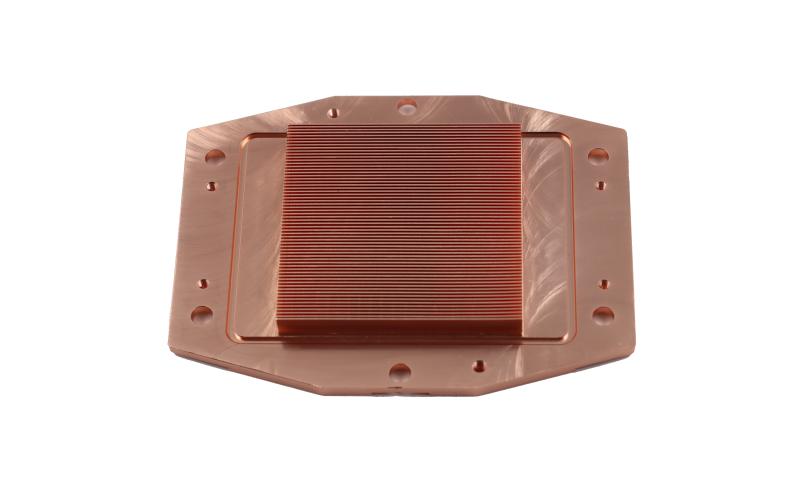Aluminum heatsink VS Copper heatsink: Which is Better for Cooling?
When it comes to cooling electronic devices, heatsinks play a crucial role in dissipating heat and maintaining optimal performance. Among the various types of heatsinks available, aluminum and copper heatsinks are the most popular choices. In this article, we will explore the differences between aluminum heatsinks and copper heatsinks, and discuss their advantages and disadvantages in terms of thermal conductivity, cost, weight, and more. By the end, you'll have a clear understanding of which material suits your cooling needs best.
1. Thermal Conductivity: Aluminum Heatsink
Thermal conductivity is a fundamental property that determines how efficiently a material can transfer heat. Aluminum, known for its excellent thermal conductivity, is widely used in heatsinks. With a thermal conductivity of around 205 W/m·K, aluminum effectively transfers heat from the source to the surrounding environment, ensuring efficient cooling of electronic components.
2. Thermal Conductivity: Copper Heatsink
Copper, on the other hand, surpasses aluminum in terms of thermal conductivity. With a thermal conductivity of approximately 401 W/m·K, copper heatsinks offer superior heat transfer capabilities. This makes them particularly suitable for high-power applications or situations where heat dissipation is critical.
3. Cost: Aluminum Heatsink
Cost is an important consideration when choosing between aluminum and copper heatsinks. Aluminum, being more abundant and easier to manufacture, tends to be less expensive compared to copper. This makes aluminum heatsinks a cost-effective choice for many applications, especially those with budget constraints.
4. Cost: Copper Heatsink
Copper, on the other hand, is a relatively expensive material. Its scarcity and higher manufacturing costs contribute to its higher price compared to aluminum. However, the superior thermal conductivity of copper may justify the higher cost for certain applications that demand optimal cooling performance.
5. Weight: Aluminum Heatsink
Weight is another factor to consider when selecting a heatsink. Aluminum heatsinks are significantly lighter than their copper counterparts. This makes them ideal for applications where weight is a concern, such as portable electronic devices or aerospace applications, where every gram matters.
6. Weight: Copper Heatsink
Copper, being denser than aluminum, results in heavier heatsinks. While the weight of copper heatsinks may not be an issue in some applications, it can pose challenges in situations where weight reduction is crucial. It's important to carefully assess the weight requirements of your specific application before choosing between aluminum and copper heatsinks.
7. Corrosion Resistance: Aluminum Heatsink
Aluminum heatsinks exhibit good resistance to corrosion, making them suitable for various environments. However, they are susceptible to oxidation, which can compromise their performance over time. Applying a protective coating or anodization can enhance their corrosion resistance.
8. Corrosion Resistance: Copper Heatsink
Copper is highly resistant to corrosion, making copper heatsinks a reliable option for applications exposed to harsh environments or corrosive substances. Copper's resistance to corrosion eliminates the need for additional coatings or treatments, ensuring long-term reliability.
9. Compatibility: Aluminum Heatsink
Aluminum heatsinks are compatible with a wide range of electronic components. The malleability of aluminum allows for easy customization and shaping to fit specific requirements. Additionally, aluminum heatsinks can be combined with other materials, such as heat pipes, to improve thermal performance.
10. Compatibility: Copper Heatsink
Copper heatsinks are also highly compatible with electronic components. The high thermal conductivity of copper allows for efficient heat transfer even in complex or high-power setups. Additionally, copper heatsinks can be directly soldered or bonded to components, ensuring optimal thermal contact.

